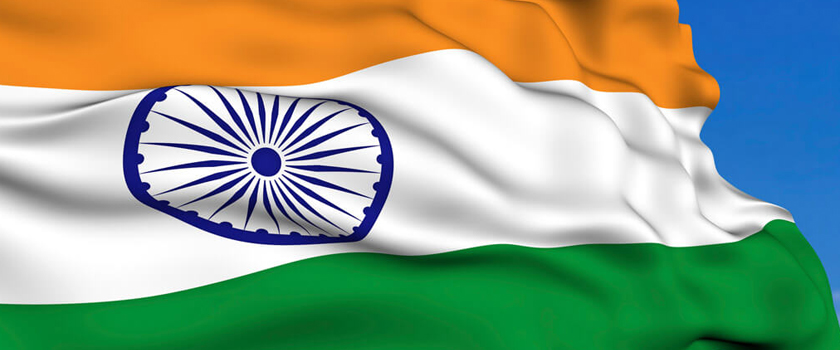Hindi is an Indo-European language spoken in India, Bangladesh, Nepal, and throughout the Indian diaspora in Fiji, Singapore, Uganda, United Arab Emirates, Trinidad, Suriname, Guyana, South Africa, UK, USA, Canada, Australia, New Zealand, Mauritius, Germany, etc.). Of the 22 national languages and over 1,000 dialects of India, Hindi is promoted by the government and viewed by over half the population as a “link-language.”
Hindi is direct descended from Sanskrit through Prakrit and Apabhramsha, sometimes called “the mother of all languages,” or “Latin of the East.” Hindi developed from the proto-Hindi Khaṛī Bolī (lit. “Pure language”). It has been influenced and enriched by Dravidian, Turkish, Farsi, Arabic, Portugese and English.
A mixture of Urdu and Hindi translation, called Hindustani (though this name is also applied to the Caribbean dialect of Hindi), is the form heard in most Bollywood films, that try to appeal to the widest audience possible. Hindustani is different than what is taught at the literary level and what is used by news programs and the government in India.
Hindi is a very expressive language. In poetry and songs, it can convey emotions using simple and gentle words. It can also be used for exact and rational reasoning.
A striking fact is that, depending on the source, Hindi is listed anywhere from the 2nd-5th most widely spoken language in the world. In contrast to languages such as Mandarin or Spanish, there has not been much stress outside of India in promoting Hindi education.
In 2006, however, President Bush brought education of India’s languages, including Hindi translation, to the forefront in the United States through the National Security Language Initiative, thus highlighting the need for closer ties and understanding between the two countries.
More than 180 million people in India regard Hindi as their mother tongue. Another 300 million use it as second language. Outside of India, Hindi speakers are 100,000 in USA; 685,170 in Mauritius; 890,292 in South Africa; 232,760 in Yemen; 147,000 in Uganda; 5,000 in Singapore; 8 million in Nepal; 20,000 in New Zealand; 30,000 in Germany. Urdu, the official language of Pakistan, spoken by about 41 million in Pakistan and other countries, is essentially the same language. Dakhini is an older, southern form of Urdu that uses fewer Persian or Arabic words.
Hindi speaking regions: Himachal, Delhi, Haryana, Chandigarh, Uttar Pradesh, Rajsthan, Madhya Pradesh, Bihar, Pakistan, Bombay, Hyderabad. Also used in Bangalore, Mauritius, Fiji, Guyana, Suriname, Trinidad, United Arab Emirates.
Read Also: Hindi Language Translation
Dialects of Hindi: Marwari, MAP Braj, map, Bundeli, map, Kanauji, map, Urdu, map, Chattisgarhi, map, Bagheli, map, Avadhi, map, Bhojpuri map, and many others. It is not easy to delimit the borders of the Hindi speaking region. There has been considerable controversy on the status of Punjabi and Maithili, map .
Sometimes they are regarded to be independent languages and sometimes dialecs of Hindi. A 1997 survey found that 66% of all Indians can speak Hindi, and 77% of the Indians regard Hindi as “one language across the nation”.
Brief History of Hindi: Hindi started to emerge as Apabhramsha in the 7th cent. and by the 10 cent. became stable. Several dialects of Hindi have been used in literature. Braj was the popular literary dialect until it was replaced by khari boli in the 19th century.









